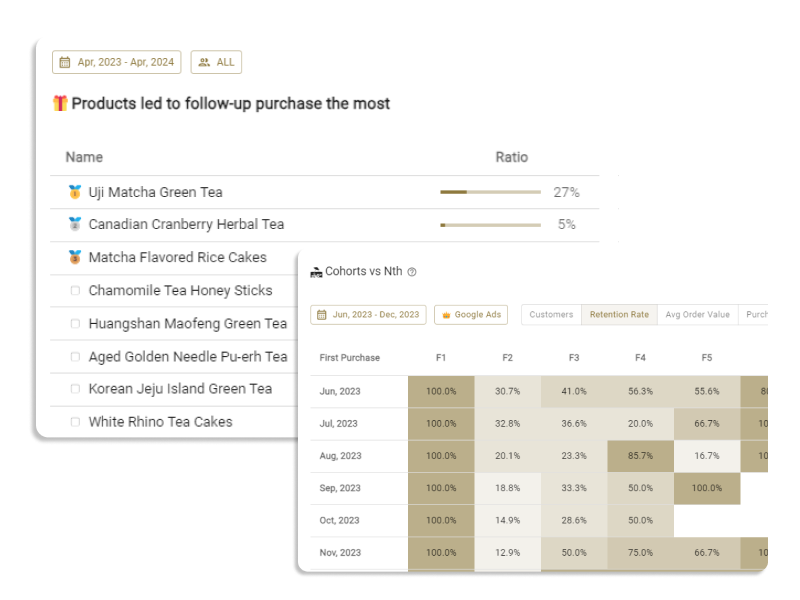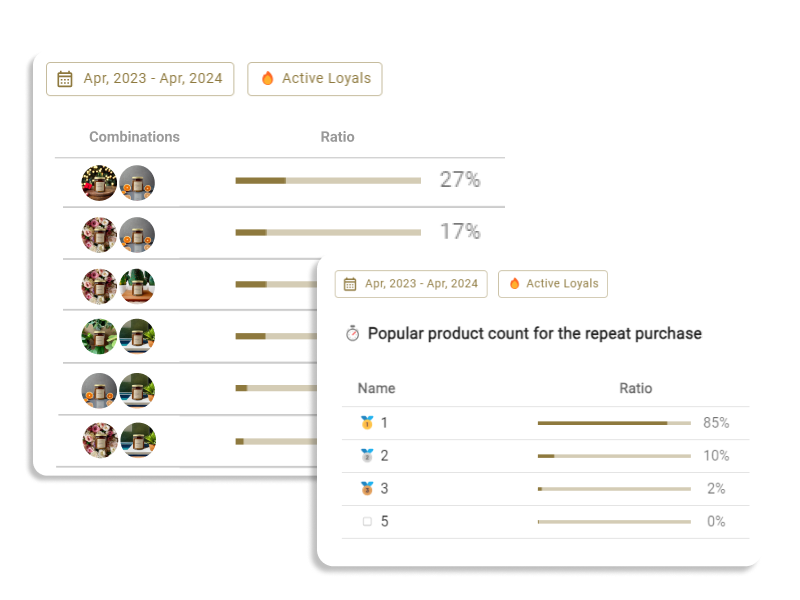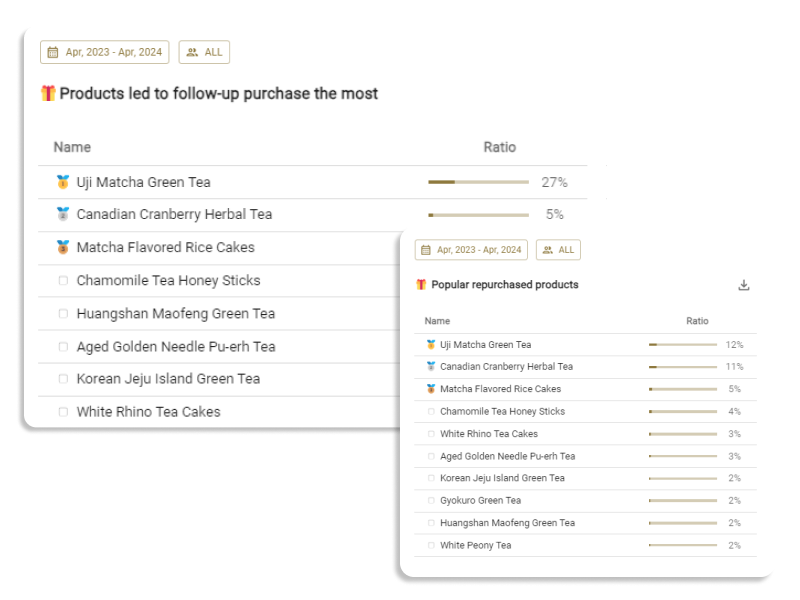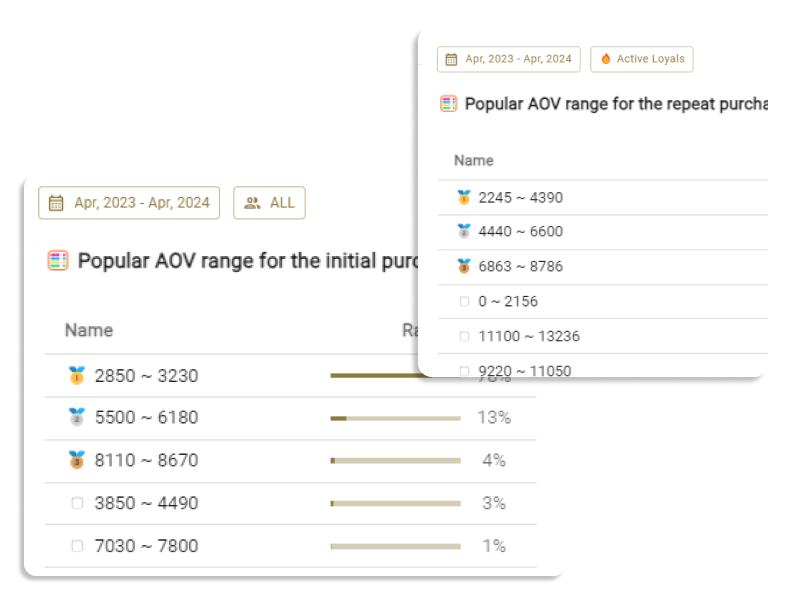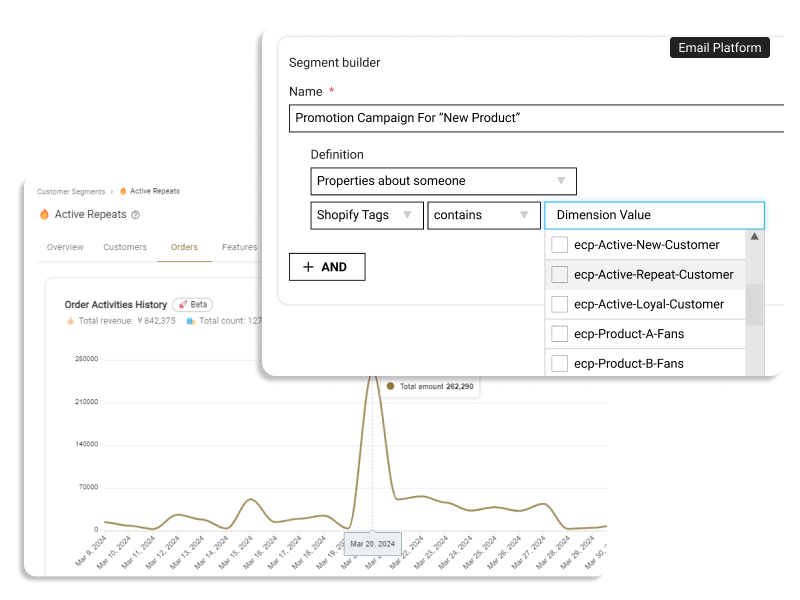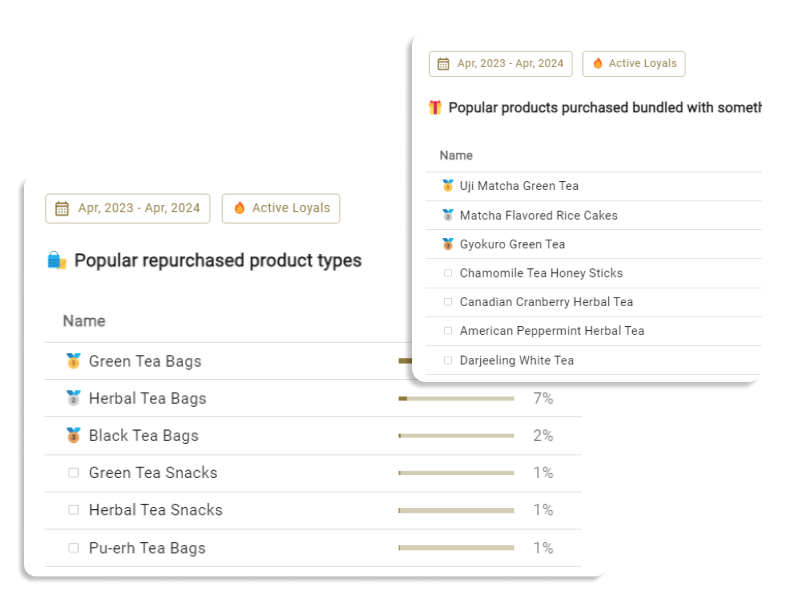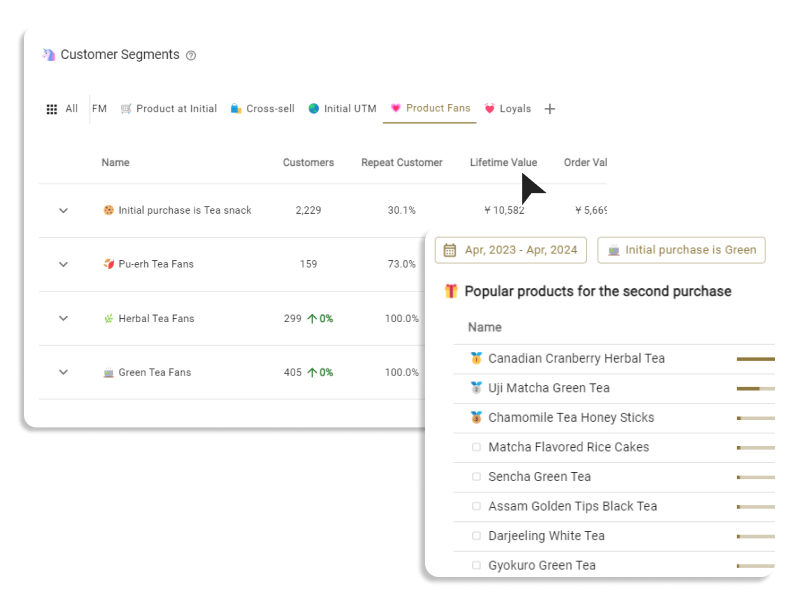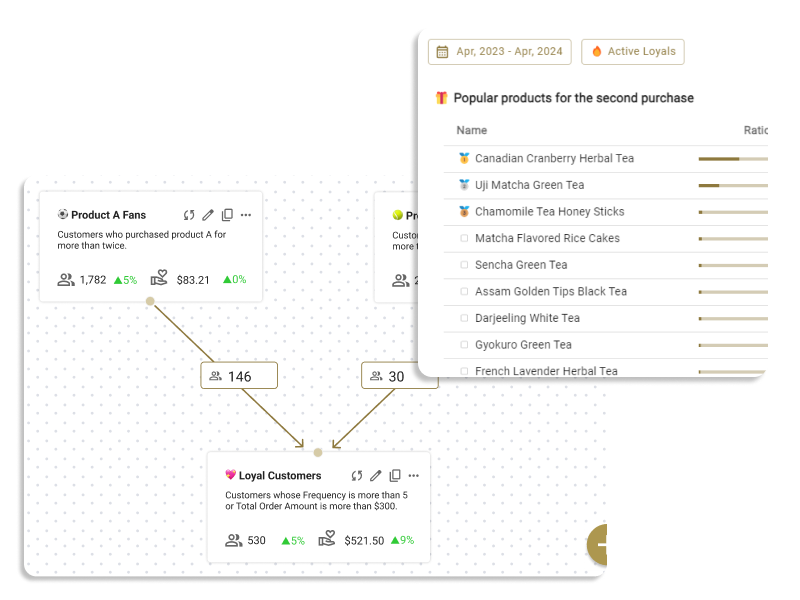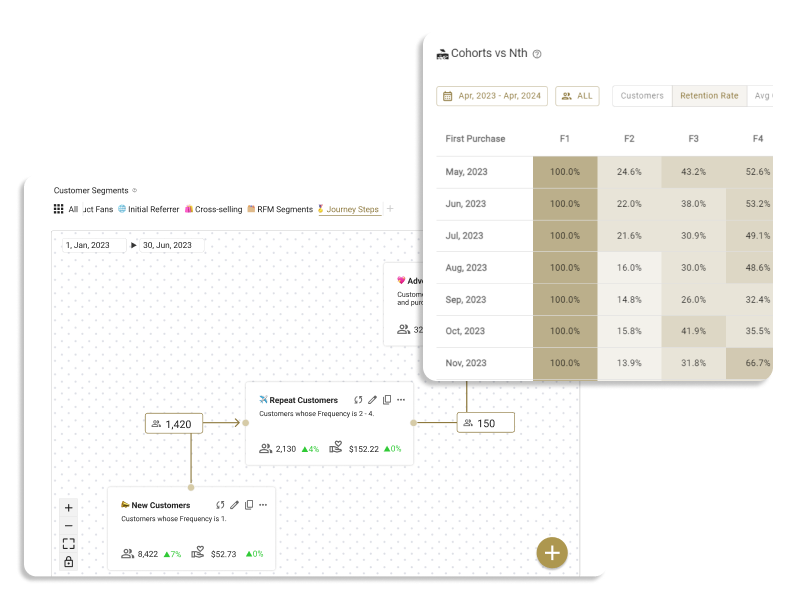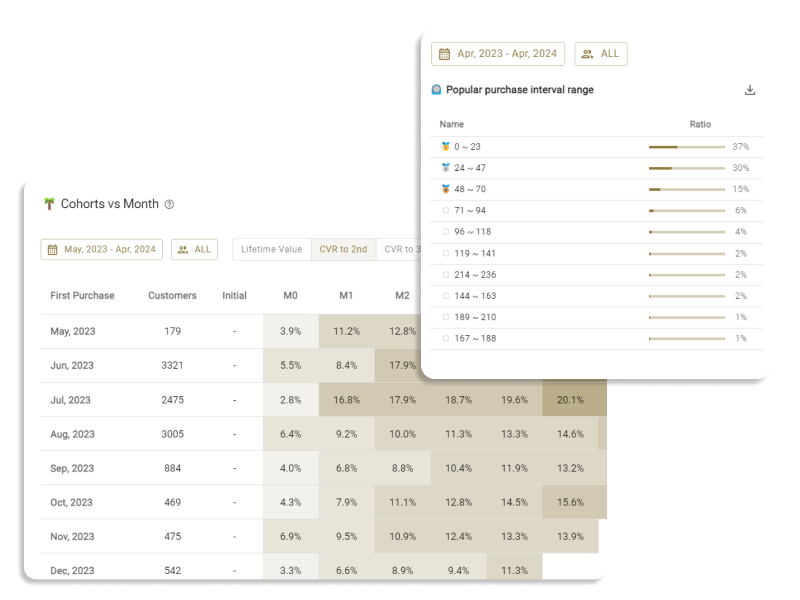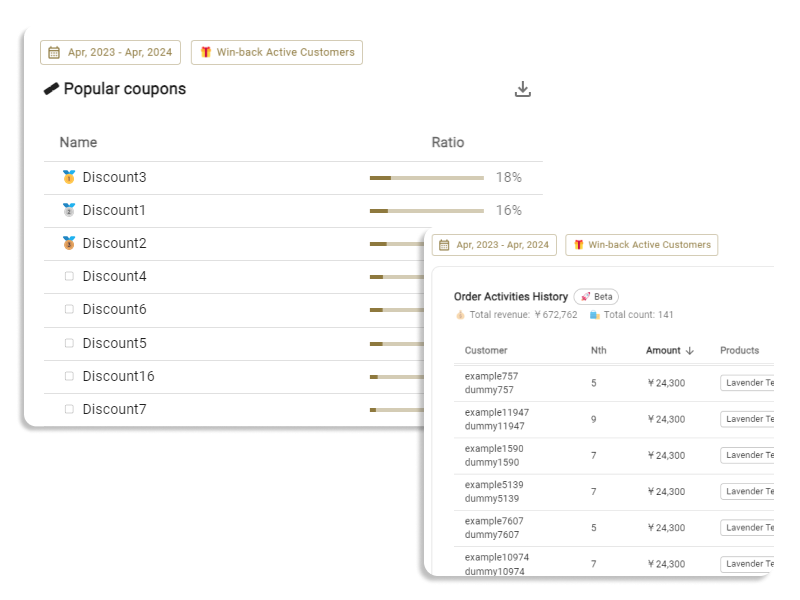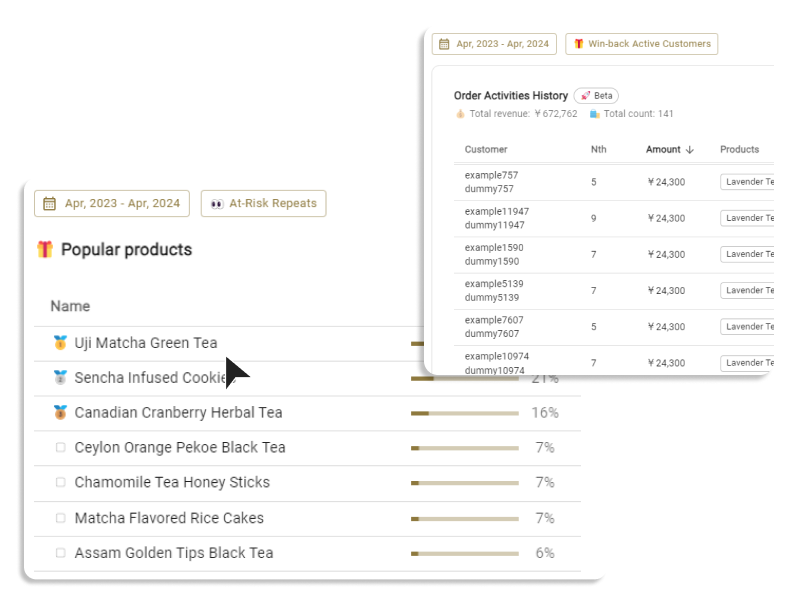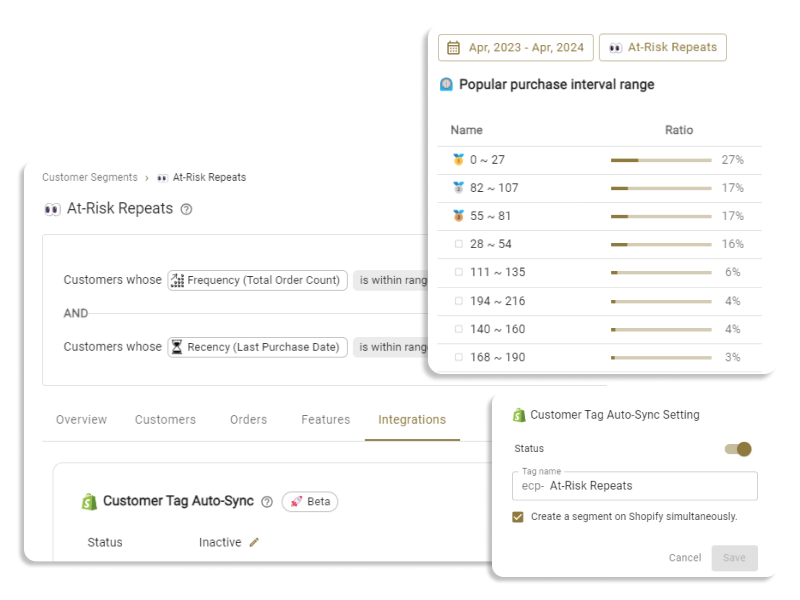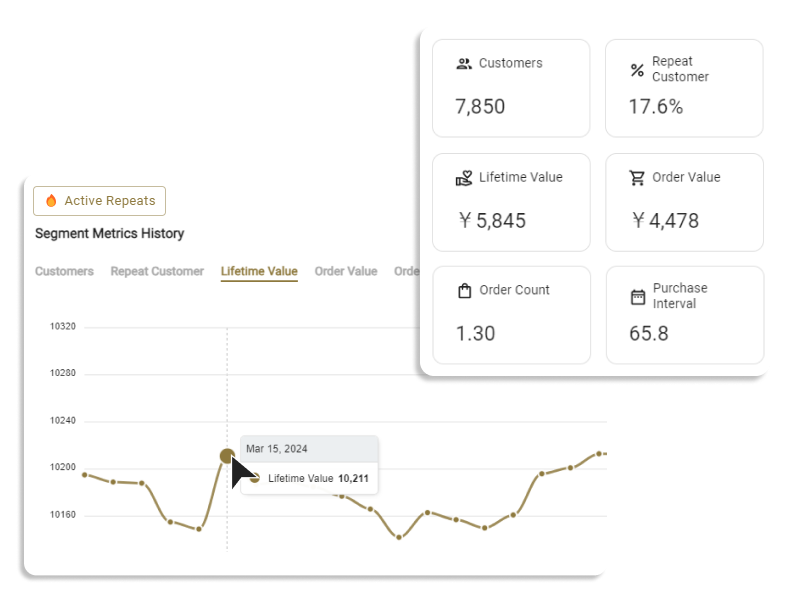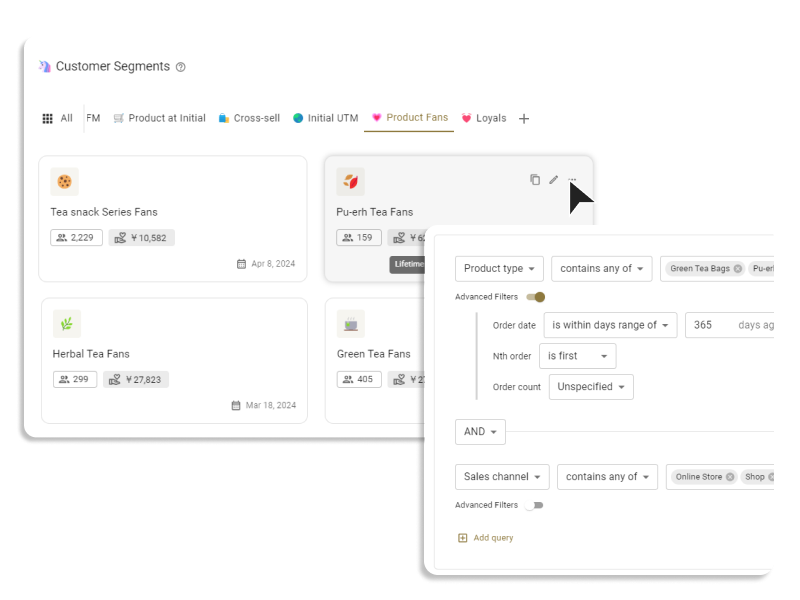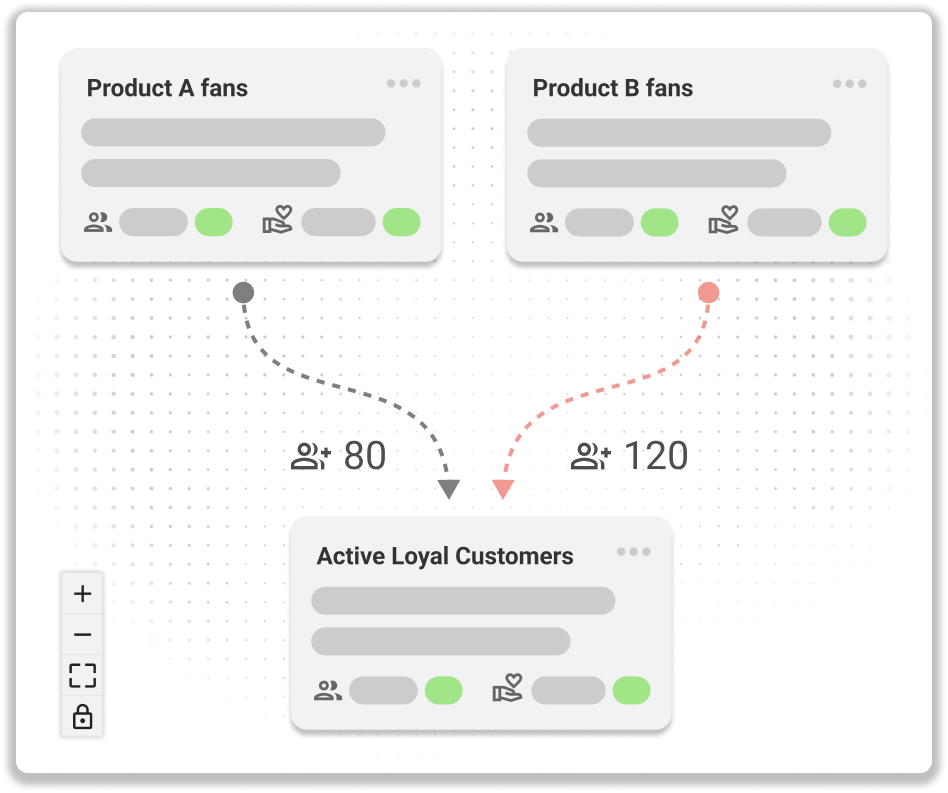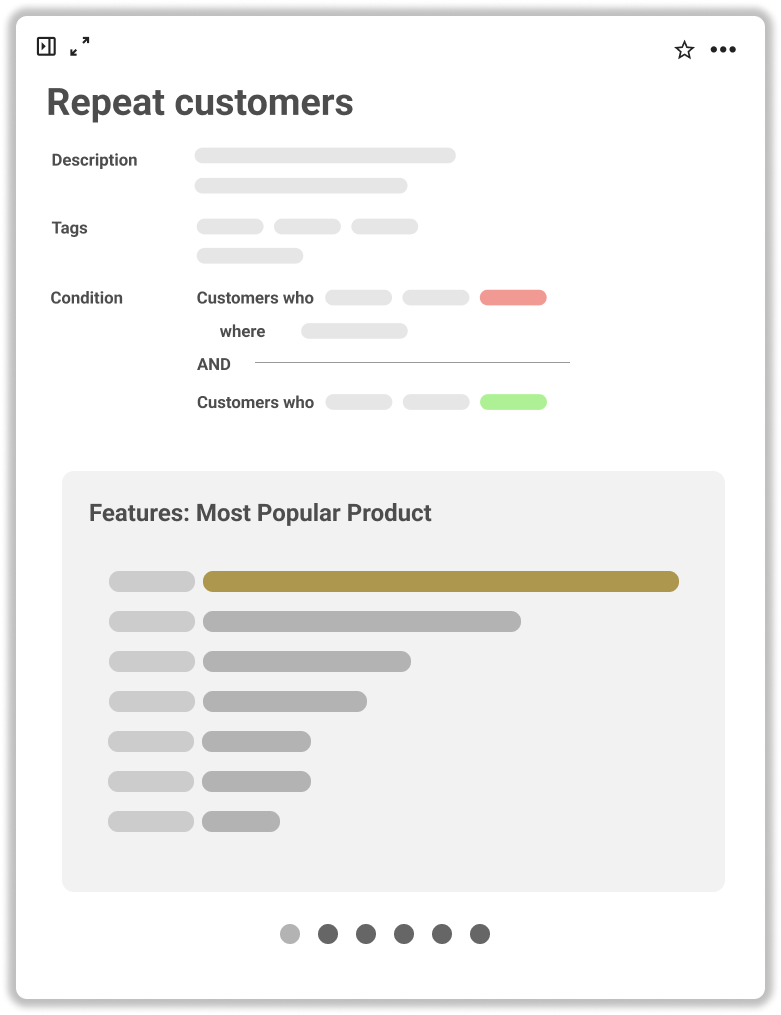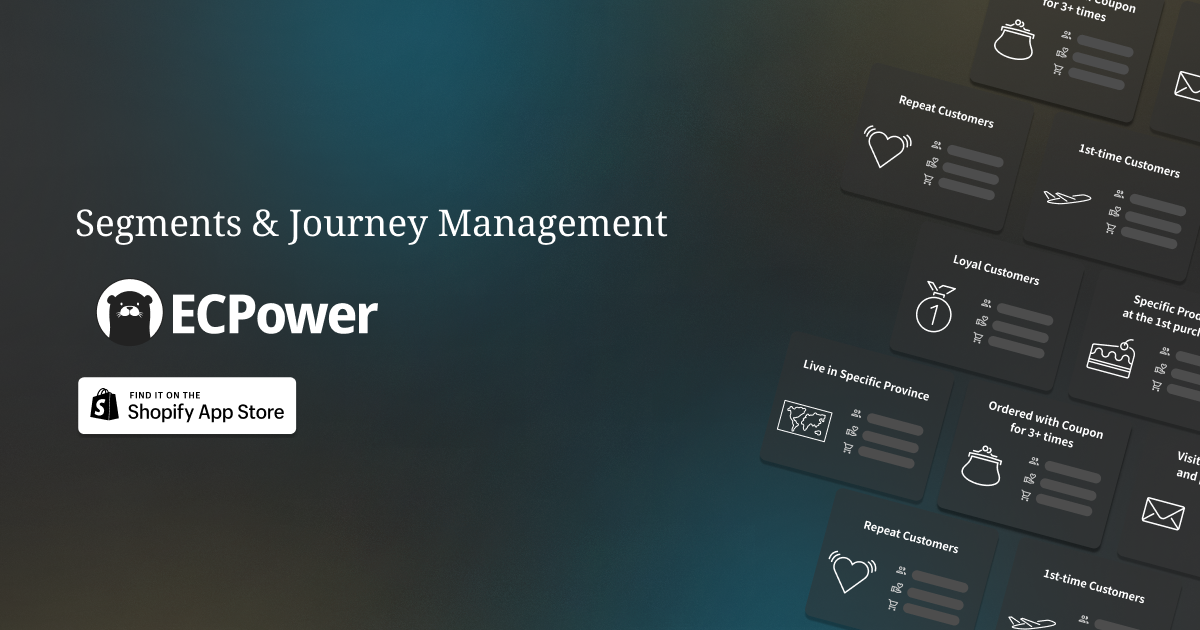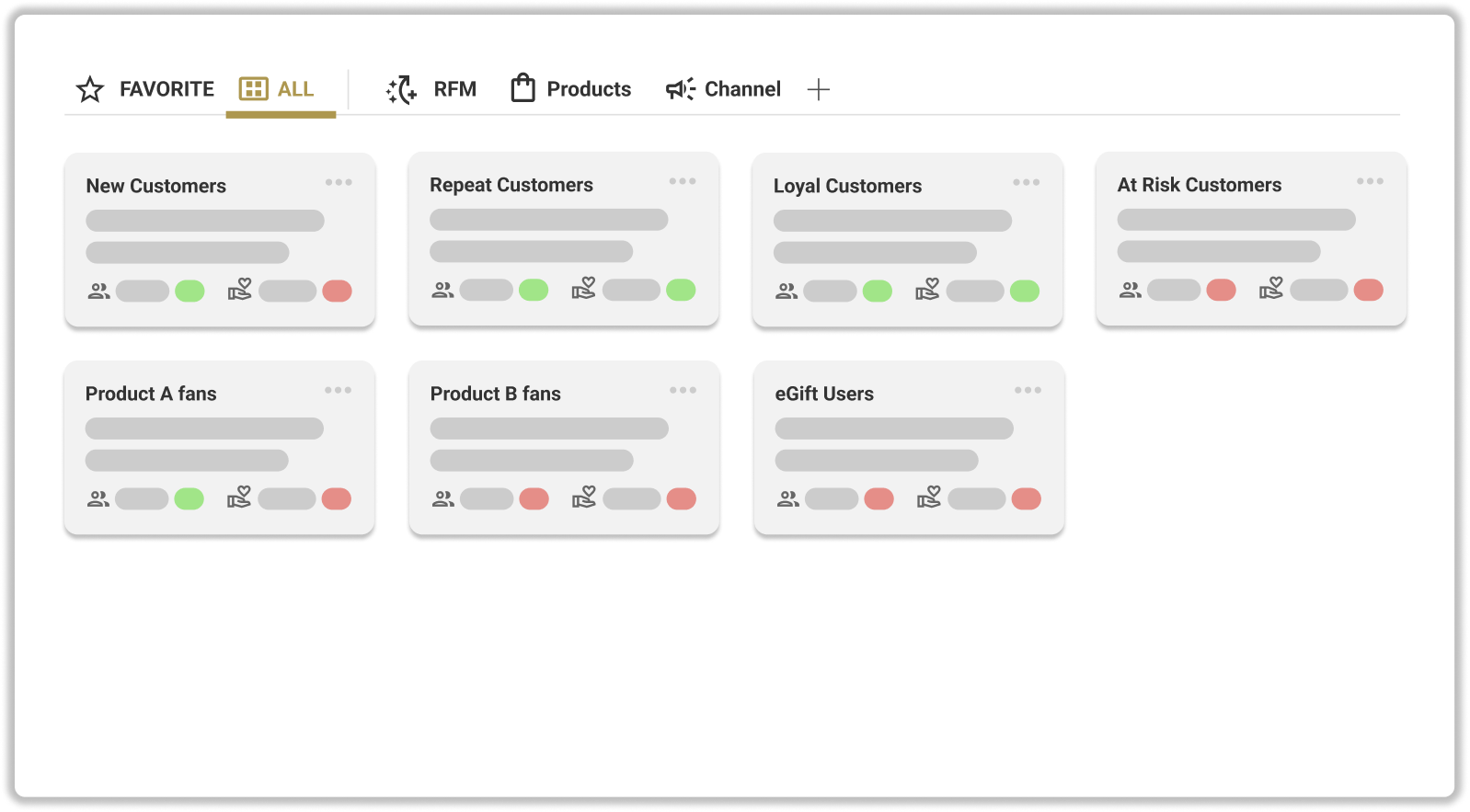Introduction
Cross-selling is an essential technique for eCommerce businesses to improve customer lifetime value (CLV). It involves offering additional or complementary products or services to customers, ultimately boosting revenue and customer satisfaction. In this article, we will explore the concept of cross-selling, its importance in eCommerce, and how to effectively implement it in your business.
What is Cross-selling?
Cross-selling is a sales and marketing tactic used throughout the customer journey to get buyers to spend more by purchasing products or services that are related or supplementary to what's being bought already. It's a relatively low-effort way to increase revenue per order and enhance customer satisfaction.
Merit of Cross-selling in eCommerce
Cross-selling has several merits in the eCommerce landscape, including:
Increasing Average Order Value (AOV)
One of the primary benefits of cross-selling is that it helps increase the average order value (AOV). By offering relevant, complementary products to customers during their purchase journey, businesses can encourage customers to add more items to their cart, resulting in higher total order value. This increased revenue can lead to improved profitability and growth.
Boosting Customer Satisfaction by Offering Complementary Products
Cross-selling not only increases revenue, but also enhances the customer experience. When customers are presented with complementary products that align with their needs and preferences, they are more likely to feel satisfied with their overall purchase. This satisfaction can lead to positive reviews, recommendations, and a stronger reputation for the business.
Enhancing Customer Loyalty and Retention
By providing a personalized and satisfying shopping experience through cross-selling, businesses can foster customer loyalty and retention. When customers feel valued and their needs are met, they are more likely to return for future purchases and become loyal customers. This loyalty can translate into a higher customer lifetime value (CLV) and a more stable revenue stream for the eCommerce business.
Strengthening Brand Value and Perception
Effective cross-selling can also enhance the perception of your brand among customers. By consistently offering relevant and valuable product recommendations, your business can be seen as a reliable and trustworthy source that understands customer needs. This positive brand image can lead to increased customer trust, brand recognition, and long-term growth.
Why is Cross-selling important for increasing eCommerce customer lifetime value (CLV)?
CLV represents the total revenue a business can expect from a single customer throughout their relationship. Cross-selling is essential for increasing CLV because it:
- Maximizes revenue from existing customers: Instead of focusing solely on acquiring new customers, cross-selling helps businesses capitalize on their current customer base by offering relevant, additional products or services.
- Improves customer satisfaction: By providing complementary products or services, businesses can enhance the customer experience and create more satisfied customers who are likely to make repeat purchases.
- Encourages long-term relationships: When customers feel valued and their needs are met, they are more likely to develop a long-term relationship with the business, leading to increased CLV.
Examples of Cross-selling in eCommerce
For example, in an eCommerce store selling clothing, cross-selling might involve suggesting matching accessories or complementary clothing items when a customer is purchasing a specific garment. This not only increases the order value but also enhances the customer's overall shopping experience.
Here are a few more examples of cross-selling in eCommerce:
- An electronics retailer suggests a customer purchasing a laptop also buy a laptop bag and an external mouse.
- A furniture store recommends a matching side table when a customer purchases a sofa.
- An online bookstore offers a discounted bundle of books from the same author or within the same genre.
Points to implement Cross-selling in eCommerce
To effectively implement cross-selling in your eCommerce business, consider the following points:
Identify related products or services
Begin by analyzing your product catalog to identify items that naturally complement each other. Consider products that are frequently purchased together or share similar features, functions, or themes. Understanding these relationships will allow you to make relevant cross-selling suggestions that appeal to your customers' needs and preferences.
Create appealing bundles
Bundling related products together can simplify the purchasing process for customers while offering them additional value. Create attractive bundles that combine complementary items at a discounted price, encouraging customers to purchase the entire set rather than individual items. This approach can increase order value and provide an incentive for customers to complete their purchase.
Leverage personalized recommendations
Personalization is crucial for successful cross-selling. Use customer data such as browsing history, past purchases, and preferences to tailor your cross-selling offers to individual customers. By making personalized recommendations, you can increase the likelihood that customers will find the suggested products relevant and appealing, resulting in higher conversion rates.
Implement strategic placements
Place cross-selling offers strategically throughout the customer journey to maximize their impact. Consider displaying related products on individual product pages, during the checkout process, and in post-purchase communications. For example, you can showcase cross-selling offers on product pages with sections like "Customers who bought this also bought" or "Frequently bought together." Additionally, you can include cross-selling suggestions in abandoned cart emails or follow-up emails after a purchase.
Measure and optimize
Regularly monitor and analyze the performance of your cross-selling strategies to identify areas for improvement. Track key metrics such as conversion rates, average order value, and customer satisfaction to evaluate the success of your cross-selling efforts. Use this data to refine and optimize your strategies, ensuring that your cross-selling initiatives continue to drive value for both your business and your customers.
Summary
Cross-selling is a powerful sales and marketing technique that can significantly increase the CLV of your eCommerce customers. By offering relevant, additional products or services, businesses can boost revenue, improve customer satisfaction, and foster long-term relationships. Implementing cross-selling in your eCommerce business involves identifying related products, creating appealing bundles, leveraging personalized recommendations, and strategically placing cross-selling offers throughout the customer journey. By focusing on these key points and continuously measuring and optimizing your efforts, you can unlock the full potential of cross-selling and enhance the overall success of your eCommerce business.



